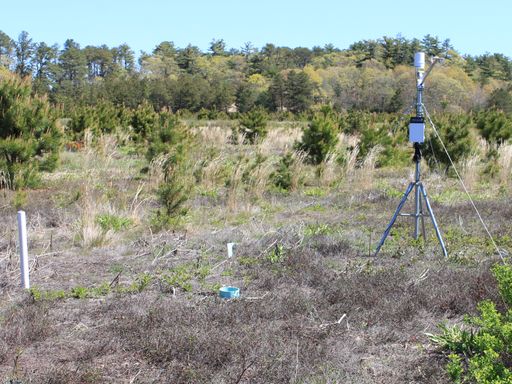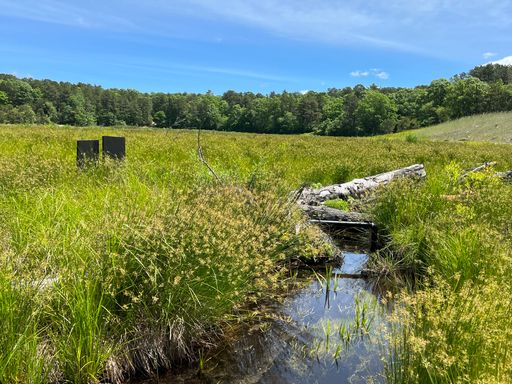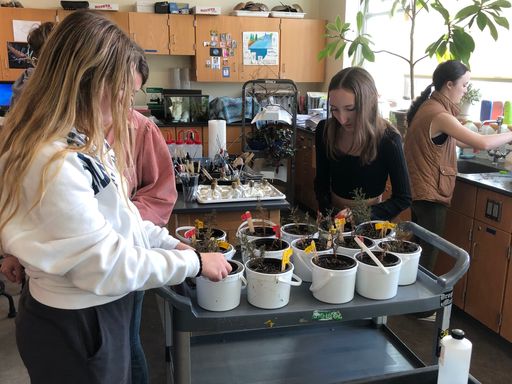Featured Projects

In this project, we share information about raising AWC trees from seed with the goal of providing this species to wetland restoration projects in Southeastern Ma. Updates include best practice for stratifying, germinating, and transplanting, as well as updates about survival and growth rates of young trees once they have been planted.
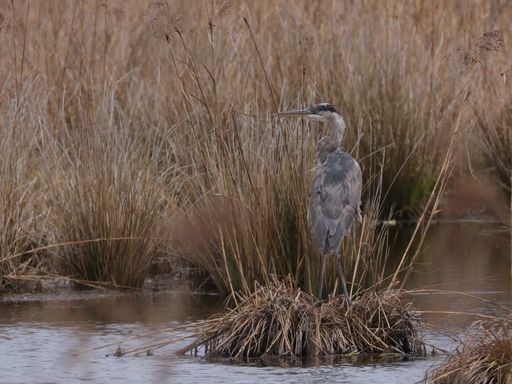
This project involves development of standardized monitoring protocols to measure physical and chemical change to former cranberry bog properties that have been restored to wetlands. The project web includes biological monitoring as well as supplemental monitoring. projects.
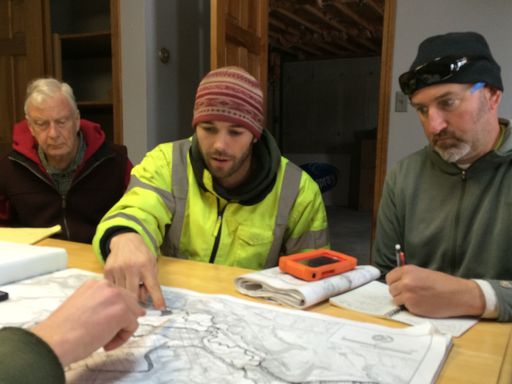
Completed in 2016, the 225-acre Tidmarsh Farms/Beaver Dam Brook wetland and river restoration project in Plymouth, was the second wetland restoration of cranberry farmland in Massachusetts and, at the time, the largest wetland restoration in New England. At the time, Tidmarsh Farms was a 610 acre cranberry farm owned by the Schulman family and managed by Tidmarsh Farms Management. In 2010 placed a perpetual USDA Natural Resources Conservation Services (NRCS) conservation and wetland restoration easement on the eastern portion of the Farms and kickstarted the restoration process. Target conditions for the project included a mosaic of wetland habitat types, free movement of fish from ocean to headwaters, and restored connectivity with surrounding forests. The project became a Ma Fish and Wildlife Division of Ecological Restoration (DER) priority project in 2011. Funders of the project included American Rivers, the Massachusetts Environmental Trust (MET), DER, NOAA, Living Observatory (LO), and DOI/USFWS with the award of a National Coastal Wetlands Conservation Grant.
The eastern portion of the Farms was purchased by Mass Audubon in 2017, the site is now part of the Tidmarsh Wildlife Sanctuary.

Restoration of Windswept Bog, a retired cranberry Bog, to functional wetland status will provide large scale ecological benefits. This project provides opportunities for research, education, and deeper understanding of wetland and upland habitat restoration at former cranberry bog sites. Phase 1 of construction for this project took place in January-March 2024. Phase 2 (the final phase) began in November 2024 and will wrap up by the end of March 2025.


